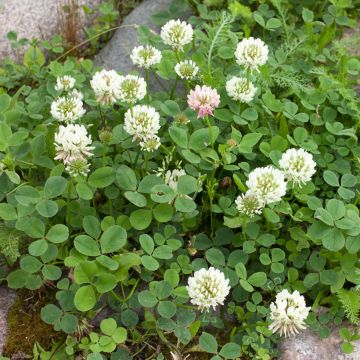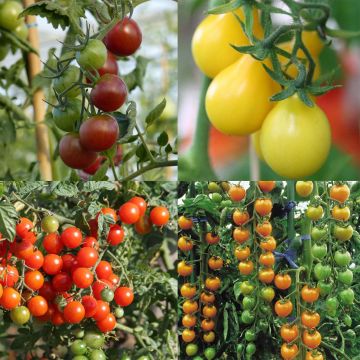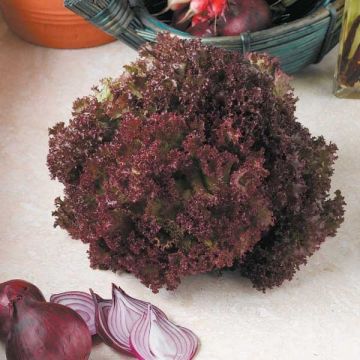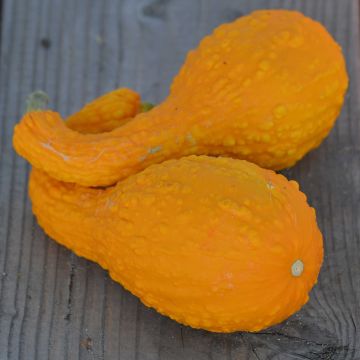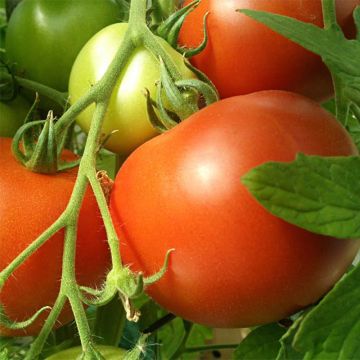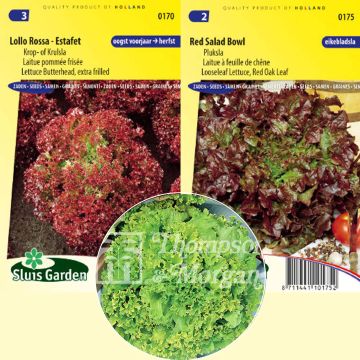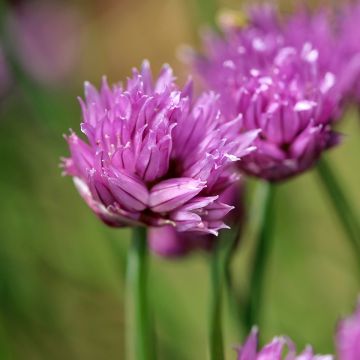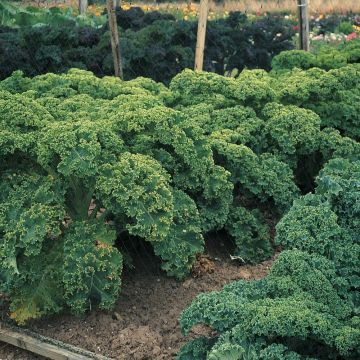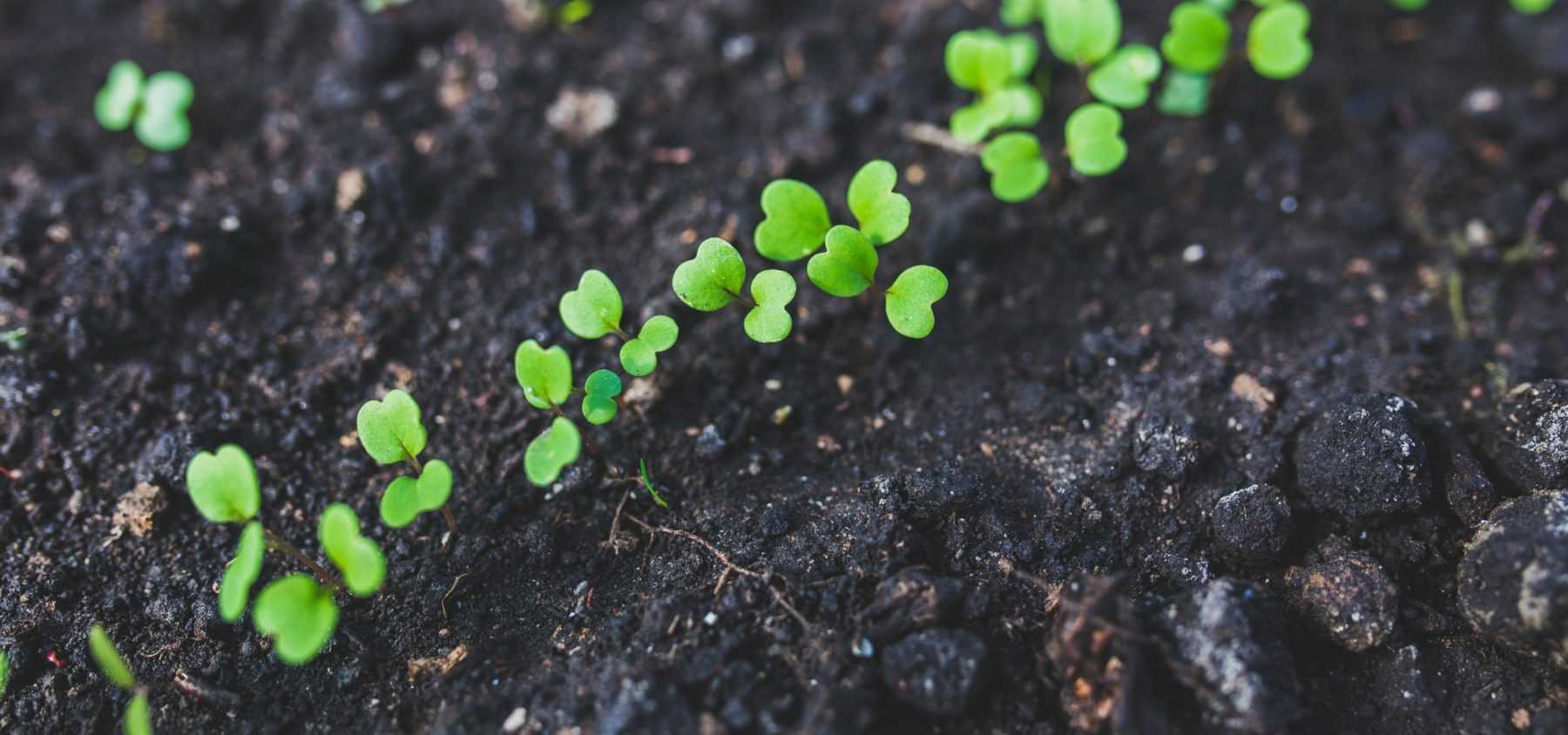
Thinning out seedlings
when, why and how to successfully thin out
Contents
Thinning out seedlings is an important step in gardening, whether you’re growing vegetables, herbs or flowers. After germination, young seedlings often end up too crowded together, which hinders their proper development. By removing excess plants, this technique helps to thin out the seedlings, promotes the growth of the remaining plants and reduces the risk of disease. Discover when and how to thin out your seedlings to obtain vigorous, healthy plants.
Why thin out seedling rows?
The purpose of thinning seedlings is twofold:
- Spacing plants: It can sometimes be difficult to sow the right amount of seeds, especially when they are fine, like carrot or radish seeds. Thinning allows you to space out future plants so that they all benefit from sufficient room. This is essential, as overcrowded plants would compete and have to share insufficient resources.
- Selecting the strongest specimens: Seedlings do not all display the same vigour. By removing weaker plants, you encourage the most robust ones, which will develop into resilient plants.
Read also
Sowing vegetable seedsHow to thin out seedlings?
Thinning should be carried out when the plants are somewhat developed, at the 3 or 4-leaf stage. This is done by hand, in one or two steps, preferably on humid days, and watering at the end of the process.
During thinning, you can:
- simply remove the plant by cutting it at the base,
- relocate and replant it elsewhere if the plant tolerates transplanting (this is not the case for Apiaceae, such as celery or carrots, generally),
- consume them as “microgreens,” as with salad leaves, for example.
Discover other Vegetable seeds
View all →Available in 1 sizes
Available in 1 sizes
Available in 1 sizes
Available in 1 sizes
Available in 1 sizes
Available in 1 sizes
Available in 1 sizes
Available in 1 sizes
Available in 1 sizes
Available in 1 sizes
How to prevent or limit thinning of plants?
Although thinning is useful, it can be tedious. To avoid or at least minimise it, we recommend:
- mixing your seeds with sand or dry coffee grounds to sow more thinly,
- using a precision seed sower,
- opting for seed tapes where seeds are pre-spaced. To learn more, how to make a seed tape?
- Subscribe!
- Contents


































